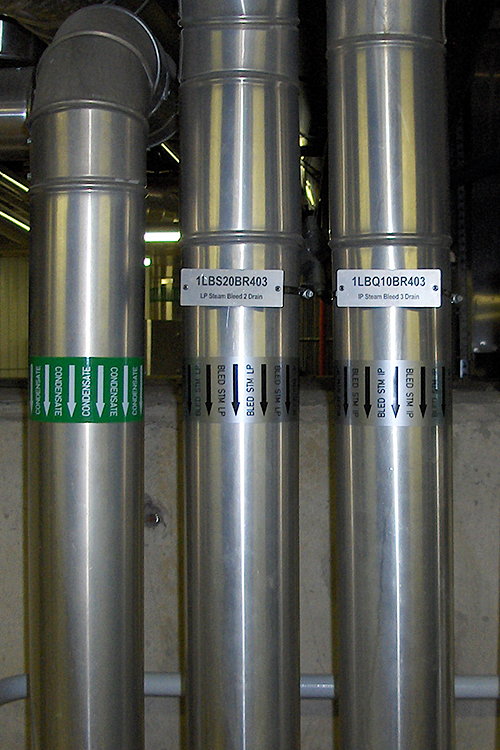Legible pipeline identification is a crucial factor for work safety and the operation and maintenance of industrial installations. Many European and international standards require that pipelines are marked with a color identifying the type of transferred agent, and a directional arrow indicating the direction of flow.
It is important for the colour code and directional arrows to be visible from all sides of the pipeline. For additional identification descriptive or encoded plates can be used to specify media parameters.
The pipe marking should be mounted frequently enough to be always clearly visible esp. in areas which are ambiguous ie. near a branching, before and after equipment or fittings and also in places where it can make the operation of the installation more efficient.
Pipe marking tapes
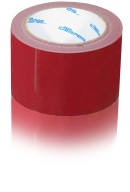
The colour of the tape informs about the type of agent flowing through the pipe.
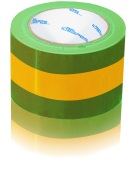
Allows you to create characteristic color codes for agents transferred through the pipeline. Through given colour combinations it is possible to obtain a very detailed description of the agent.
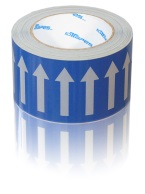
Identify both the type of the agent flowing through the pipeline (colour code) and the direction of its flow (arrow). For available sizes and colours see the table below.
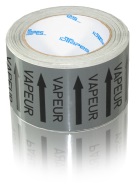
In addition to identifying the agent and direction of its flow these tapes carry a more detailed description of the given agent. The text is printed according to customer

Transparent tapes are best suited for painted pipelines. They are available as arrows tapes (AT) or text and arrow tapes (TT).
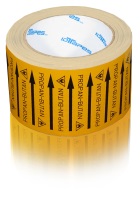
Instead of using separate tapes for identifying the agent it is possible to mark pipelines with multifunction tapes which carry the combined information of AT, TT and hazard sign tapes. They are printed according to
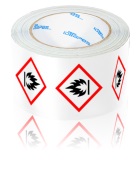
Hazard sign tapes are used for additional marking of pipes through which a hazardous agent flows. Different symbols can be used depending on the hazard level. These tapes can be used separately or together
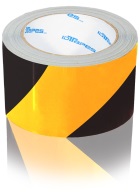
These tapes warn against potentially dangerous elements ie. protruding pipes, stairs, a low ceiling, obstacles etc.
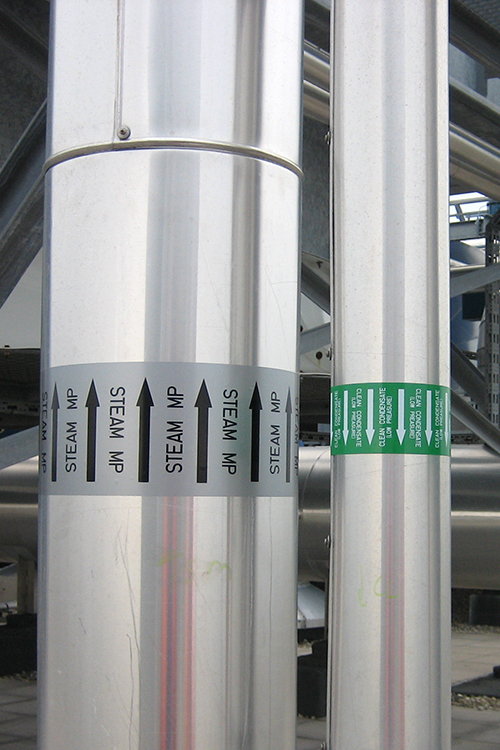
Product Technical
Specification
- High quality self-adhesive PVC foil with maximum resistance to light and variable weather conditions.
- Service life (indoor): indoor exposure is almost unlimited
- Service life (outdoor): in most climates: 3 to 5 years
- Application temperature (recommended): above 8°C
- Temperature resistance: exposed to -50°C to +90°C and for a short period (24h) up to 100°C shows no variation
- Seawaterbility (DIN 50 021): adhered to aluminium, no variation after 48h.
- Tensile strength (DIN EN ISO 527): along: min. 19MPa, across: min. 19MPa
- Elongation at break (DIN EN ISO 527): along: min. 130%, across: min. 150%.
- Resistance: characterizes by an increased resistance to most lipids/grease and oils; aliphatic solvents; weak acids and bases.
- Fire resistance: self-extinguishing
- Dimensional stability (FINAT-TM 14): adhered to steel, no shrinkage in cross direction, in length < 04,mm
- Adhesive power (FINAT-TM 1): 16N/25mm
- Shelf life (20°C and 50% relative humidity): 2 years
Aplication
Instruction
- Surfaces to which the material will be applied should be completely free of dust, grease or any other residue and completely dry.
- Freshly lacquered or painted surfaces should be allowed to stand for at least three weeks after complete curing.
- The compatibility of the adhesive layer of the material and the lacquers or paints should be tested by the user prior to application.
- Cut off the appropriate length of tape, including an additional 3 cm for overlapping. Stick the tape by pressing it down with a clean, soft cloth.
